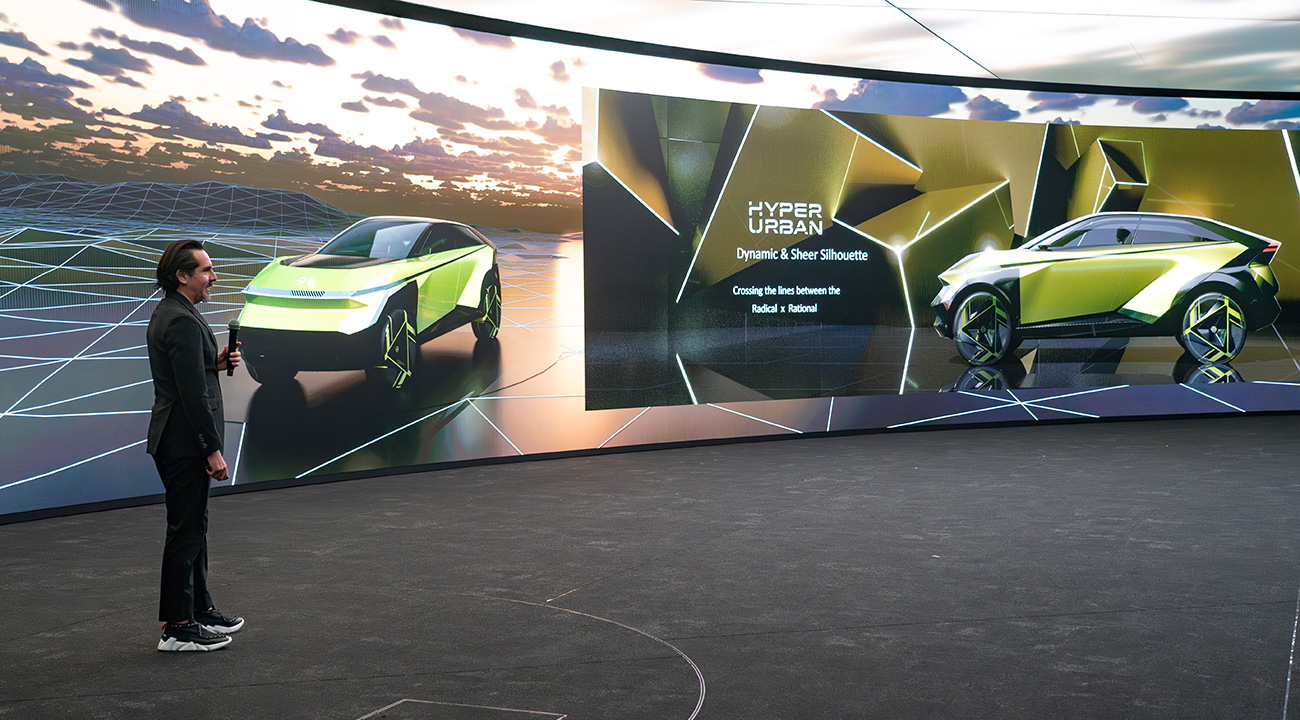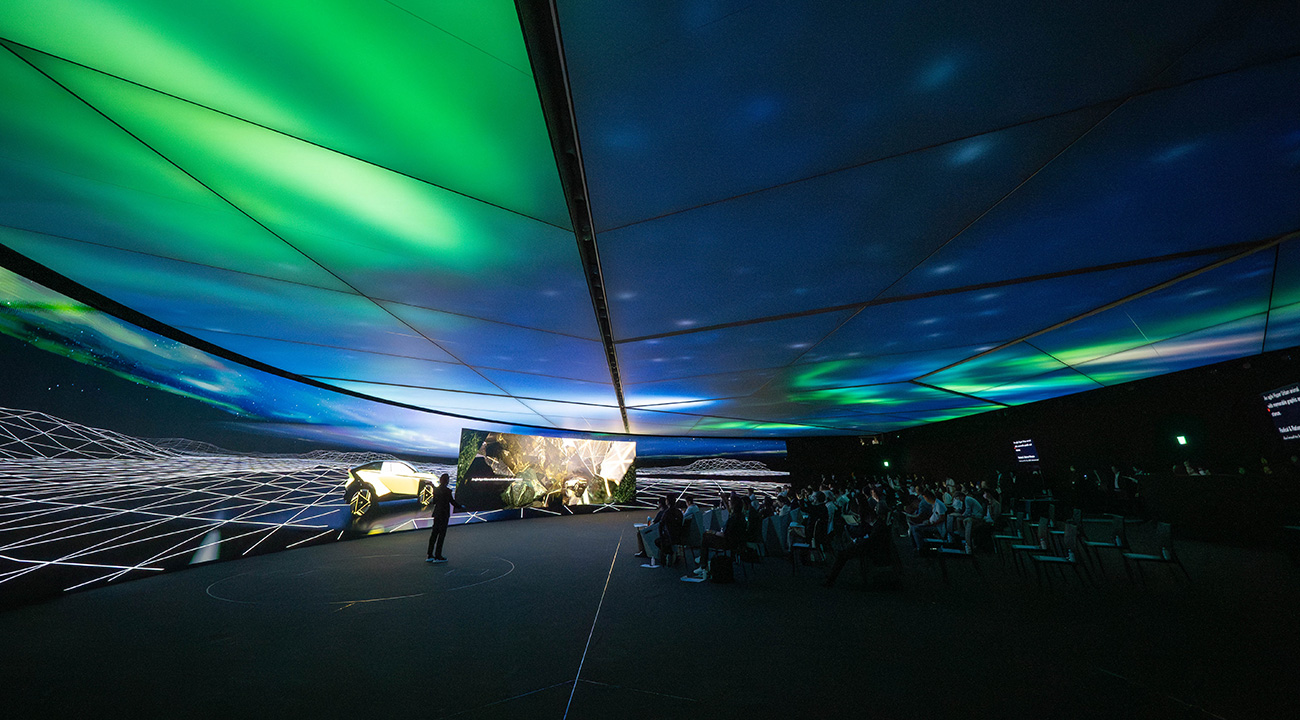Since 1933, we've dared to do what others don't as we strive to enrich people's lives. Creating the future requires pushing the boundaries of imagination. That's what happens in Nissan's design bases at six locations worldwide. The Global Design Center, located on a sprawling green campus in Atsugi, Japan, serves as the central hub for Nissan's global design activities.
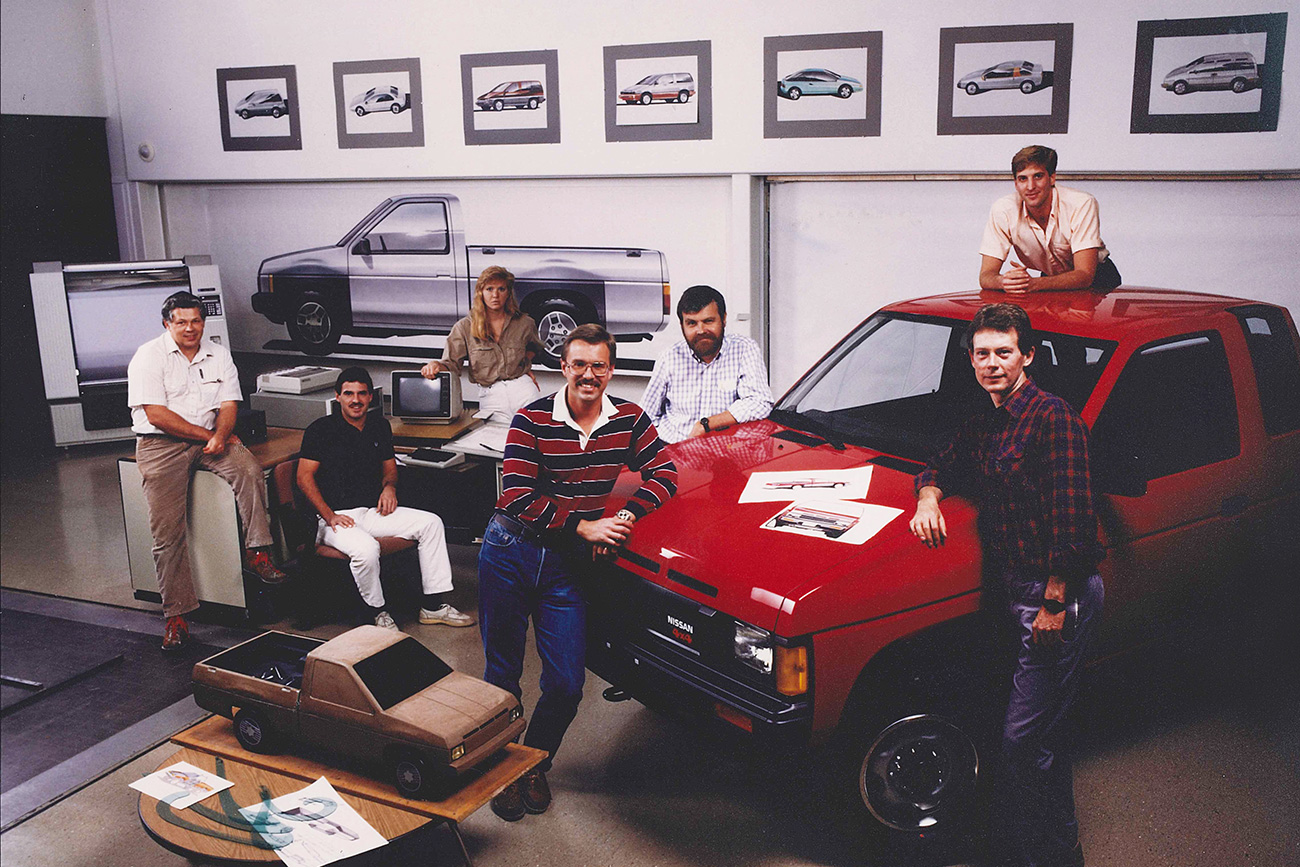

Concept cars: A canvas for creativity
When they're not working on production models, our design centers are exploring the future of mobility with cutting-edge concepts that reflect their visions of future mobility.
Concept cars, like the ones shown at the 2023 Japan Mobility Show, provide us with an opportunity to explore innovative ideas and gauge the reaction of consumers and our partners. But for our designers they mean much more. They're platforms where they can dream big and enjoy creative freedom unbound by the constraints of production vehicles.
Now let's look back at iconic concepts from two of our design centers in the U.S. and Europe. Many went on to become best-selling production models.
Nissan Design America
With its studio founded in 1979 in San Diego, Nissan Design America's groundbreaking models have made it a leader in cutting-edge technology and design for over four decades.
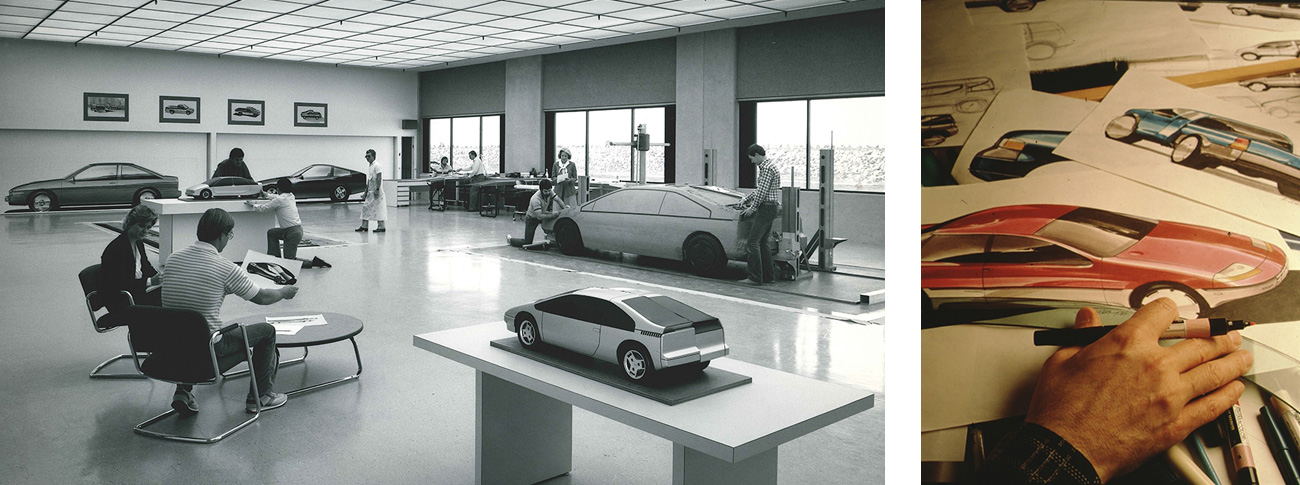
1980s: NX-21
In the future-focused 1980s, Nissan established itself at the forefront of cutting-edge technology and design. For proof, look no further than the 1983 NX-21 — the first concept created at Nissan Design America (then Nissan Design International, Inc.).
The NX-21 featured wind-cheating lines, massive gullwing doors, swiveling front seats and a rear-mounted turbine engine that could run on a variety of fuels.

The NX-21 concept, with its gull-wing doors and aerodynamic bodywork.
Hiren Patel had a chance to work with members of the NX-21 design team when he joined NDA in 2001. Now a senior manager in exterior design, Patel says the NX-21 was a prime example of Nissan's dedication to providing the perfect blend of quality, affordability and technology.
"The NX-21 was category-breaking, not only in terms of aesthetics but also functionality," he adds. "It felt like it was from the future." Indeed, the NX-21's visual cues could be seen in the second-generation Nissan Pulsar NX production car in 1986, which featured an angular rear and louvered taillamps, as well as a removable hatch roof — an industry first.
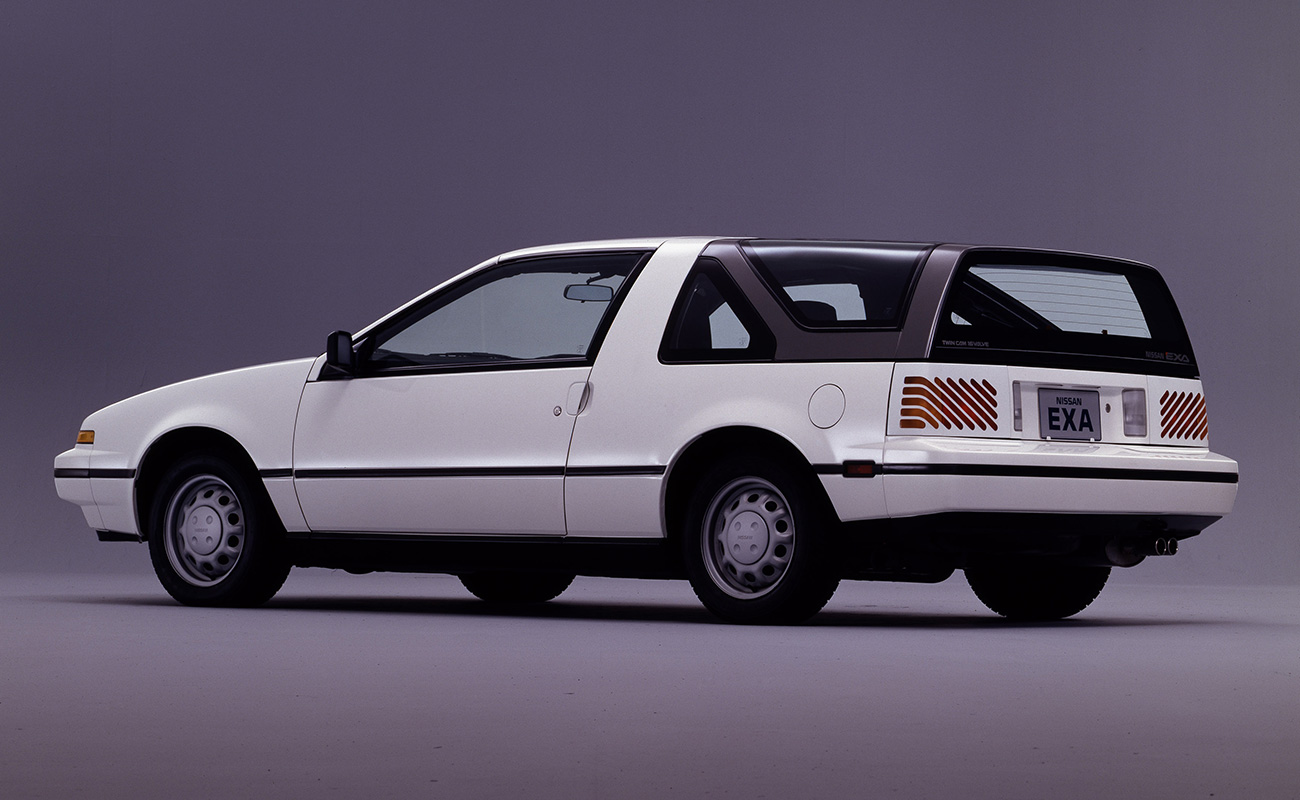
Sold outside the U.S. as the EXA, the Pulsar NX featured bold louvered taillights and a modular removable rear hatch.
2010s: Xmotion concept
When it came time to refresh the massively popular Rogue in the late 2010s, Nissan designers used the Xmotion concept to preview its new look.
“We wanted to use [the Xmotion concept] as an exploration project for future design language," explains NDA project lead designer Lars Taubert. He says the designers leaned into Nissan's Japanese DNA and created something that was equal parts tough and emotive.
The Xmotion's bold stance is emphasized by its hulking fenders, U-shaped headlights and a daring new iteration of Nissan's signature V-motion grille — elements that can be seen in today's production Rogue.

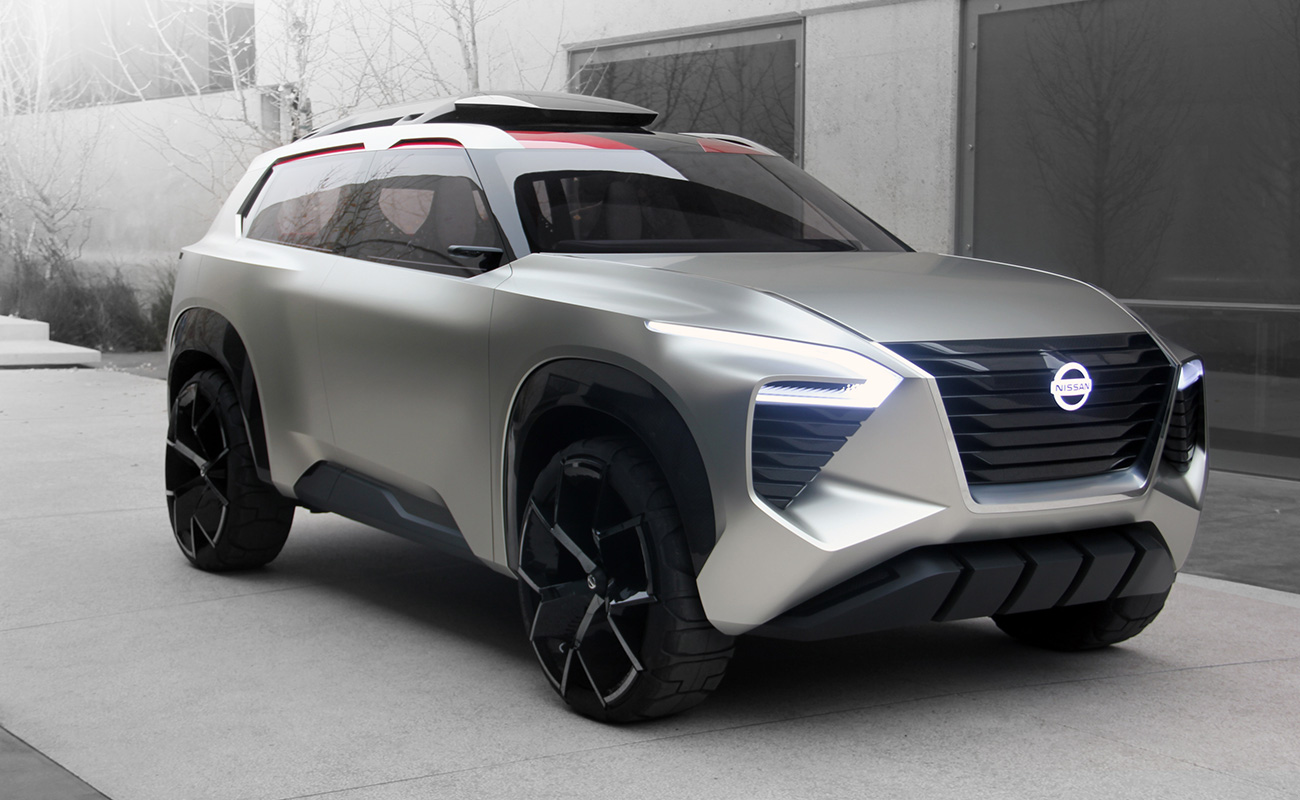
The Xmotion's design cues can be seen in the third-generation Nissan Rogue, from its athletic fenders to its unique headlights.

Lars Taubert's sketch of the Xmotion concept.
While the Xmotion previewed the third-generation Rogue, as is often the case with concept cars its styling also influenced several other Nissan vehicles.
Nissan Design Europe
Established in 2003, Nissan Design Europe (NDE) in London has pioneered the design of iconic models, such as the Qashqai, for over 20 years. Its team includes over 60 exterior and interior designers, clay modelers, digital artists, and a specialized color and trim team.
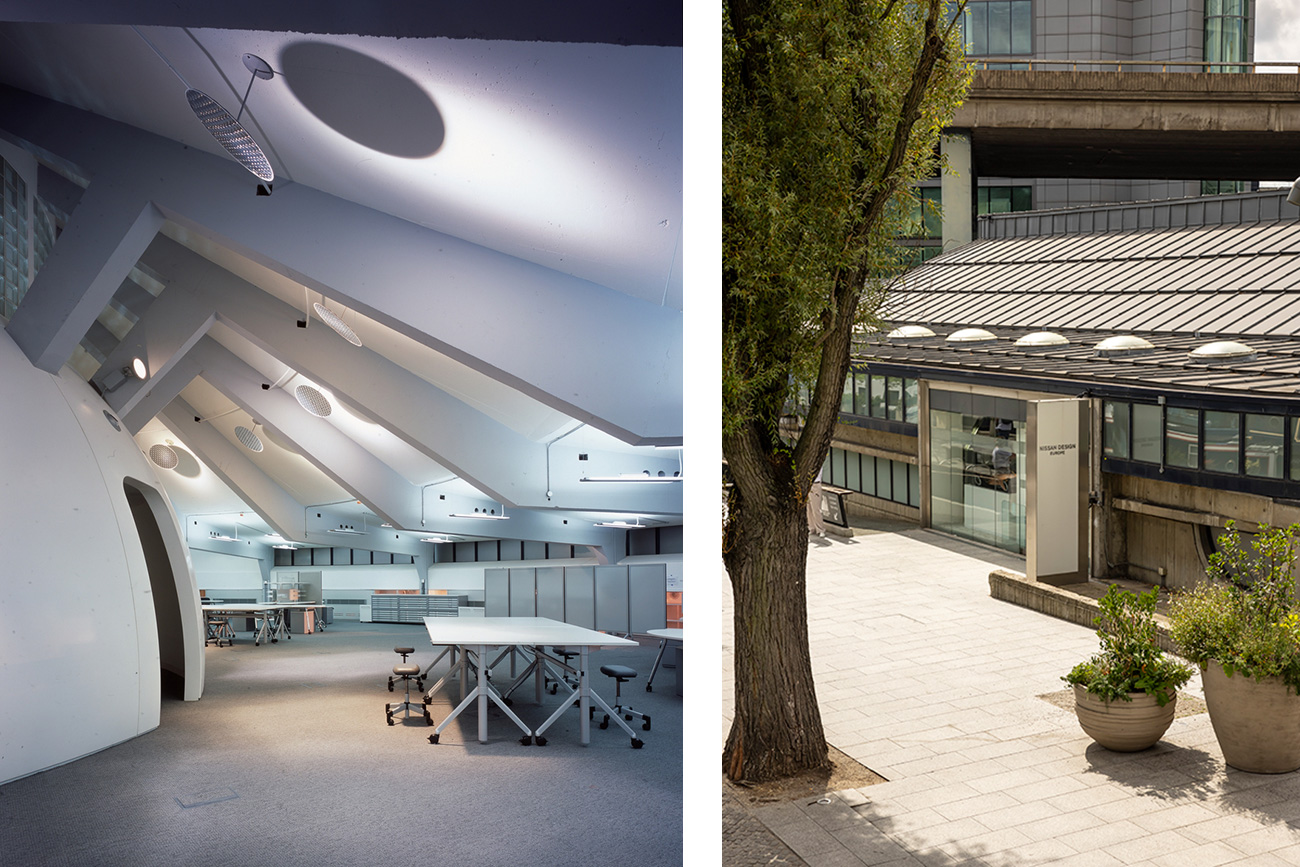
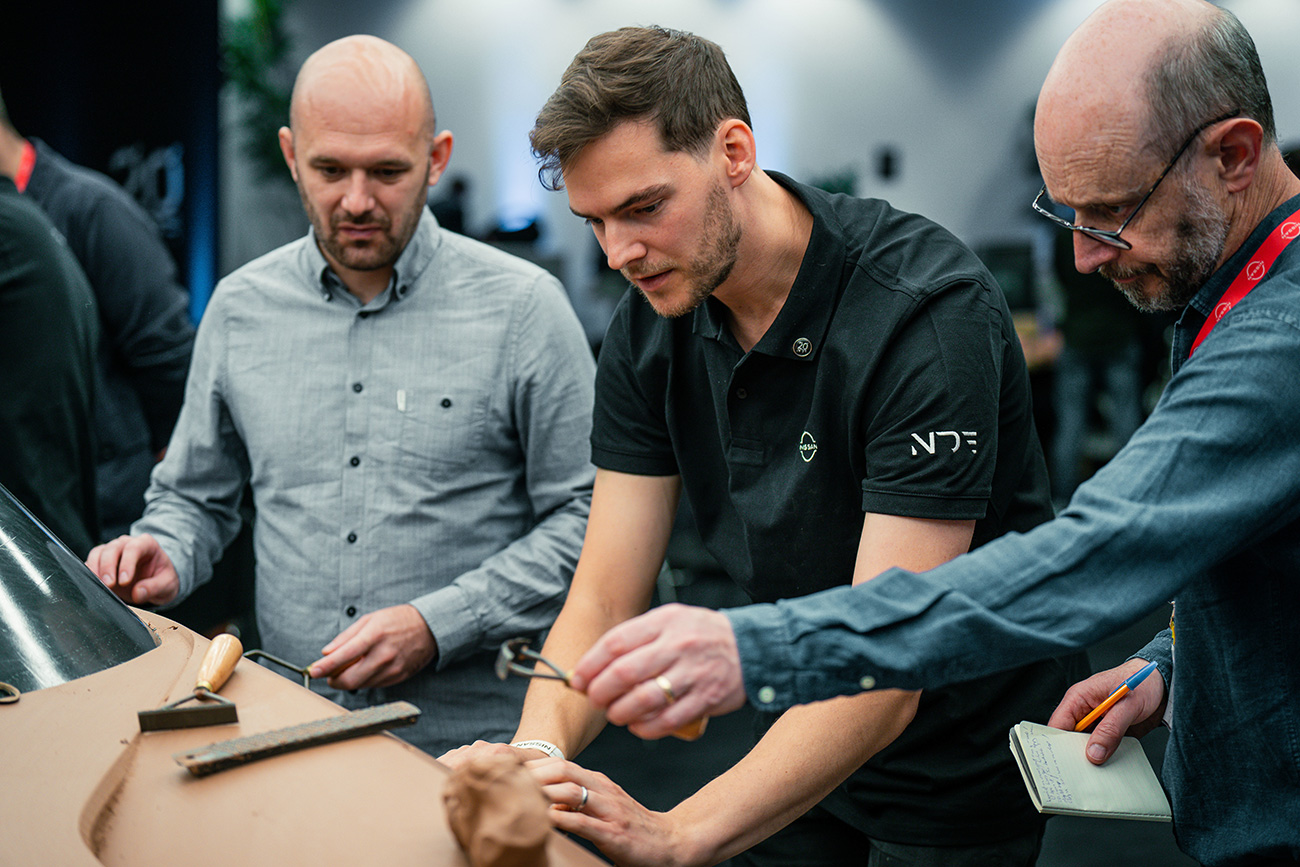
2000s: Qashqai concept
NDE's first project was the genesis of a car based on the footprint and body style of a traditional C-segment hatchback, but with a higher seating position and robust design cues that echoed those of an SUV. The result was the Qashqai Concept, which debuted at the 2004 Geneva Motor Show.
The production version was unveiled in Paris in autumn 2006. It shared the same design themes at the heart of its styling along with features that ensured it met the demands of European customers and roads.
Going on sale in early 2007, its popularity far exceeded Nissan's expectations. A new type of vehicle was born – the crossover.


Nissan Qashqai
Nissan Concept 20-23 paves the way for next-generation Londoners
To mark its 20th anniversary in 2023, NDE unveiled a sporty electric city hatchback called the Concept 20-23. The team responsible for it — which included some of NDE's younger members — was given the following brief: Design a simple, fun EV that you'd like to drive every day in London.


The Concept 20-23 reflects how the worlds of modern city living, online gaming and zero emissions mobility intersect. It's also a testament to the brilliance of the designers, including Sebastien Jesus.

"With a young team of designers, we got inspired from Formula E to create something that looks like it's straight out of a sci-fi movie," Sebastien says. "We felt it was time to create something that reflected the futuristic nature of our thinking."
"From the sleek and futuristic exterior to the technology integrated into every aspect of its design, the Nissan Concept 20-23 showcases our commitment to creating vehicles that not only look incredible but also have a minimal impact on the environment," he says.

Discover the design process of the Nissan Concept 20-231:54
Digital shift enhances design collaboration
Nissan has been leveraging digitalization to advance its design processes. A design hall in Japan, called The Arc, provides breakthroughs in development processes and enables our global design teams to enhance collaboration and create products that even more closely match our customers' needs.
Unlike conventional processes that use physical models to check vehicle designs, the design hall is equipped with an ultrawide 24K curved screen and 7.1-channel sound, and uses a gaming engine to create projection content. It can reproduce in real time various environments with a high sense of realism and immersion. It is also accessible online from anywhere, creating a more inclusive, interactive and collaborative environment.
From concept to production, Nissan uses the power of design to empower mobility and beyond.
